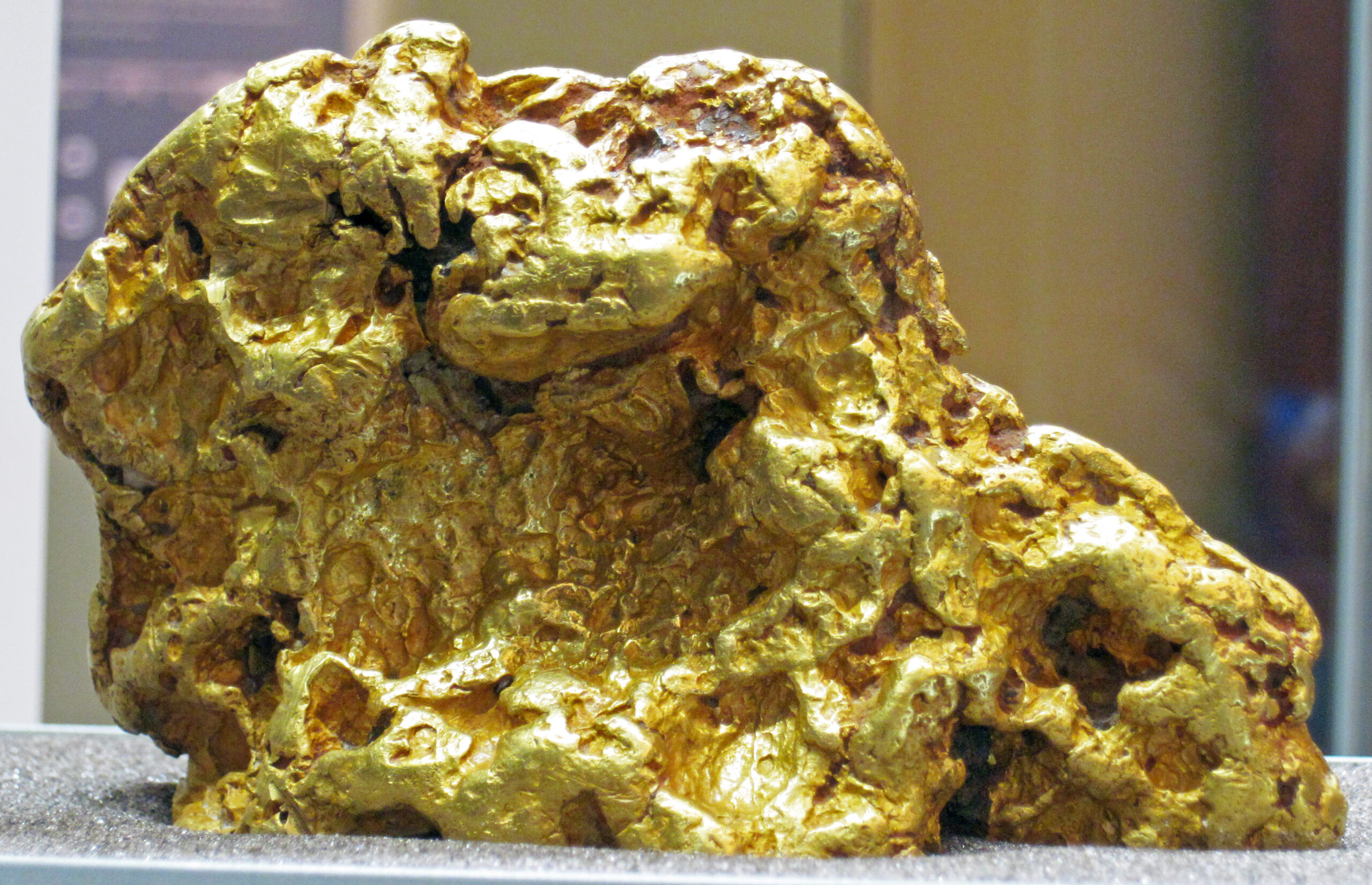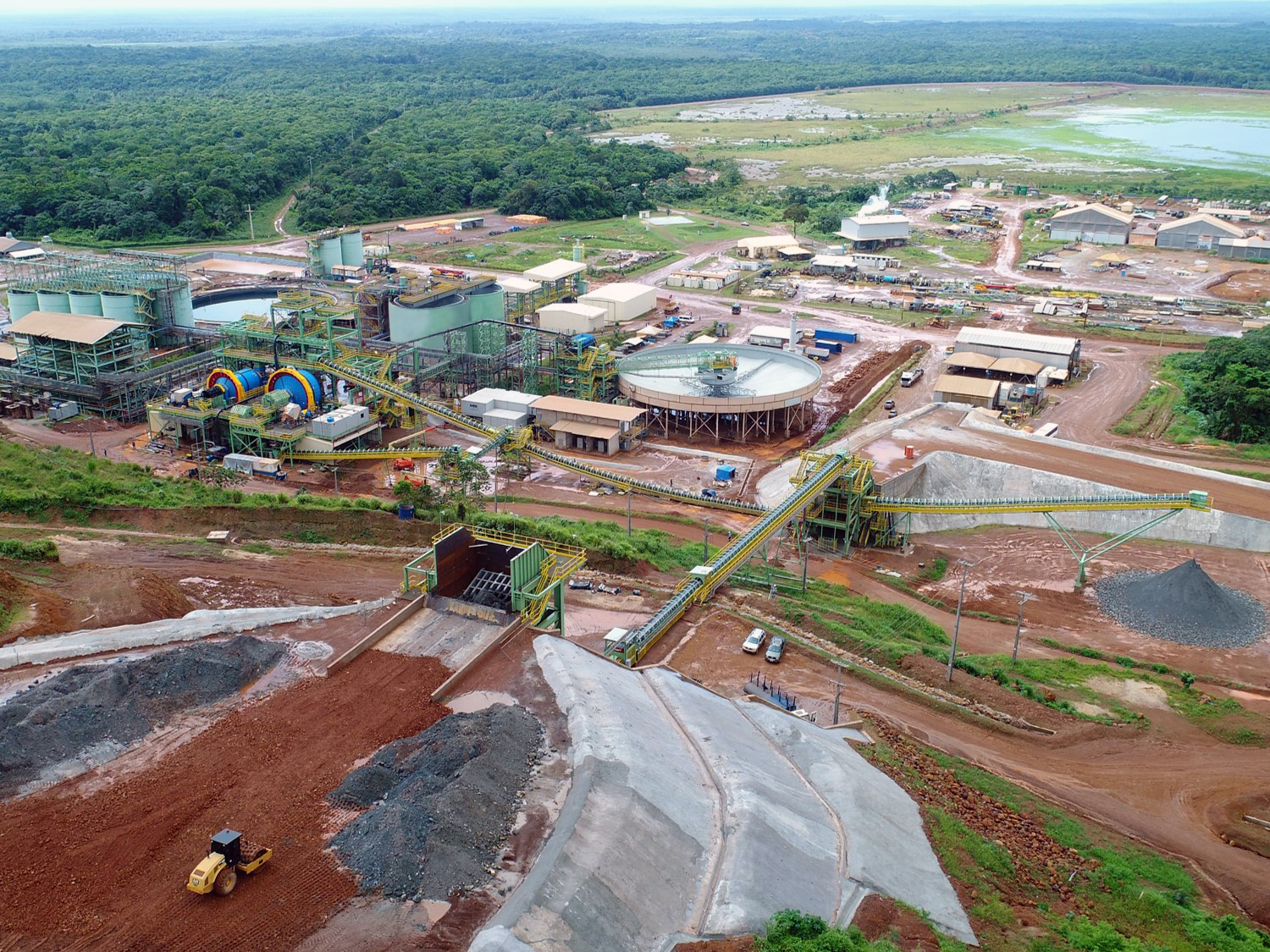Gold mining, climate change, and Africa’s transition
Gold mining has, over the last decade or so, been a growth industry in many host countries across Africa. For example, in Ghana–now Africa’s largest gold producer– gold represents around a quarter of the value of its total annual exports. And while global gold mine production has grown by 26 percent since 2010, in Africa it has risen by nearly 60 percent, and in at least 10 African countries it has more than doubled. The value of that gold and its contribution to the GDP of those host countries has risen even faster.
While global gold mine production has grown by 26 percent since 2010, in Africa it has risen by nearly 60 percent, and in at least 10 African countries it has more than doubled.
When undertaken responsibly, gold mining can be of strategic importance in catalyzing positive change. This is highly relevant when we consider the challenges and opportunities presented by a changing climate, and the urgent need to mitigate its destructive impacts via rapid decarbonization.
The carbon footprint of the whole gold supply chain is rooted in the gold mining process, and, to a large extent, how mining operations either generate or consume power. Research shows that through a pronounced shift away from higher carbon energy sources—such as local diesel and heavy-fuel oil generators or fossil fuelfired grids—the industry can potentially decarbonize at a rate that is broadly aligned with Paris Agreement climate targets. While the industry still needs to accelerate its transition to low carbon power, significant progress has been made in recent years and the opportunity for further transformative action is clear.
In seeking to decarbonize their operations, gold mining companies can also encourage development of (and investment in) renewable power in host countries. For example, by helping introduce new technologies and infrastructure in locations that might otherwise lack the capacity or incentive to initiate change.
In South Africa, for example, where gold mining’s emissions are rooted in its connectivity to a largely coal-powered grid, the sector’s ability to influence government policy to allow companies and sites to generate their own clean energy can have impacts well beyond the precious metals industry. Changes in the regulatory landscape would then support the economic viability of domestic renewable energy systems, prompting suppliers to grow their businesses and expand local capacity.
In countries, such as Mali, Mauritania, or Democratic Republic of the Congo (DRC), where gold mines are typically dependent on self-generation of power, they may be the “first movers” in developing renewables. These projects are often undertaken as joint ventures with local partners or governments, and this can create legacy power systems that should endure well beyond the life of the gold mines. In recent years, we have witnessed such projects result in the development of solar power at the Essakane mine in Burkina Faso and the expansion of hydro power at Kabili in the DRC. On a much smaller scale, gold mining companies are also promoting the use of minigrids, often solar-powered, to support community infrastructure such as schools and medical centers.
The introduction of renewables can also spark a transformation in local skills and expertise—which can provide employment opportunities and wider socio-economic benefits. These benefits will need to be encouraged—with the ongoing support of gold mining in many African host nations—to help countries deliver a more inclusive and just transition.
Share this content:














